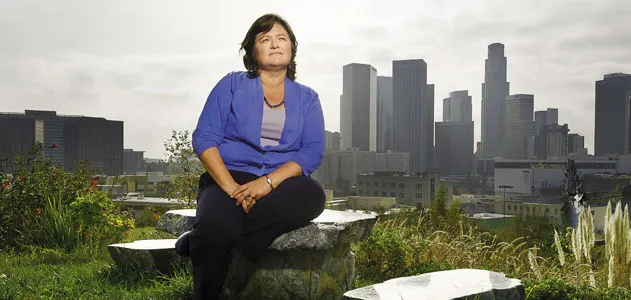#feministfriday episode 489 | shook
Good afternoon all,
This week I read a story about Maria Graham, who ignited a huge academic controversy after her eyewitness account of an earthquake. That's why this Fem Fri is about seismologists.
To start with, here is Maria Graham. I love stories from the early days of science as we now know it when enthusiastic amateurs made whacking great contributions to the common fund of knowledge:
Marginalised as a woman and an outsider, Maria Graham (1785-1842) unexpectedly intervened in these gentlemanly debates and disrupted London’s geological community. She was the first woman to have a report of her own published in the Transactions of the Geological Society [...] Graham was a meticulous observer who discussed her findings with eminent colleagues, sending them drawings and specimens of plants, rocks and insects that she collected during her frequent trips abroad.
https://www.historytoday.com/archive/great-debates/maria-graham-and-valparaiso-earthquakeHere's Lucy Jones, seismologist and earthquake preparedness expert, who also didn't start from geology. This story of her finding her way to earthquakes via the literature of ancient China, and her way through ancient China via earthquakes, is obviously the sort of thing I enjoy:
Despite a math teacher’s suggestion that she attend Harvard University “because they had a better class of men to marry,” she chose Brown, where she studied physics and Chinese and did not take a geology class until her senior year. She was transfixed, devouring the 900-page textbook in a week. Graduating with a B.A. in Chinese language and literature (she studied earthquake references in ancient Chinese texts), Jones went to MIT to get a doctorate in geophysics.

Meet Lucy Jones, "the Earthquake Lady" | Science| Smithsonian Magazine
As part of her plan to prepare Americans for the next "big one," the seismologist tackles the dangerous phenomenon of denial
Inge Lehmann also found her way into seismology by chance (is today the day you become a world leading seismologist? It can happen to anyone at any time, it seems!) but what I want to highlight here is that she significantly advanced our knowledge of the earth's core:
When Lehmann began her research, she realized that the determination of earthquake epicenter parameters was not reliable. The new and improved seismographs of the 1920s and 1930s enabled her to spot additional seismic waves that were recorded, but could not be explained with the existing model of the single molten core. To minimize the reading errors in reported arrival times of seismic waves, she visually correlated wave forms between different seismograms. The measurements’ inconsistencies made her think that the existing vision of the earth’s structure was incorrect. She concluded that earth must have a solid inner core surrounded by a molten outer core—which, according to her mathematical calculations, would account for the inconsistencies.

The Woman Who Found the Earth’s Inner Core - JSTOR Daily
Inge Lehmann was the seismologist and mathematician who figured out what the Earth's core was actually made of.
Love,
Alex.